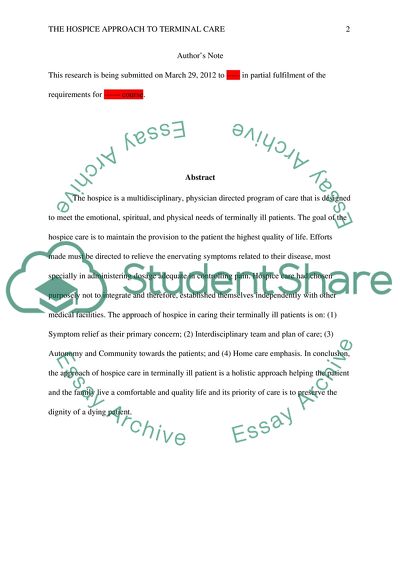Cite this document
(“The Hospice Approach to Terminal Care Research Paper”, n.d.)
The Hospice Approach to Terminal Care Research Paper. Retrieved from https://studentshare.org/nursing/1769620-research-paper-topic-the-hospice-approach-to-terminal-care
The Hospice Approach to Terminal Care Research Paper. Retrieved from https://studentshare.org/nursing/1769620-research-paper-topic-the-hospice-approach-to-terminal-care
(The Hospice Approach to Terminal Care Research Paper)
The Hospice Approach to Terminal Care Research Paper. https://studentshare.org/nursing/1769620-research-paper-topic-the-hospice-approach-to-terminal-care.
The Hospice Approach to Terminal Care Research Paper. https://studentshare.org/nursing/1769620-research-paper-topic-the-hospice-approach-to-terminal-care.
“The Hospice Approach to Terminal Care Research Paper”, n.d. https://studentshare.org/nursing/1769620-research-paper-topic-the-hospice-approach-to-terminal-care.


